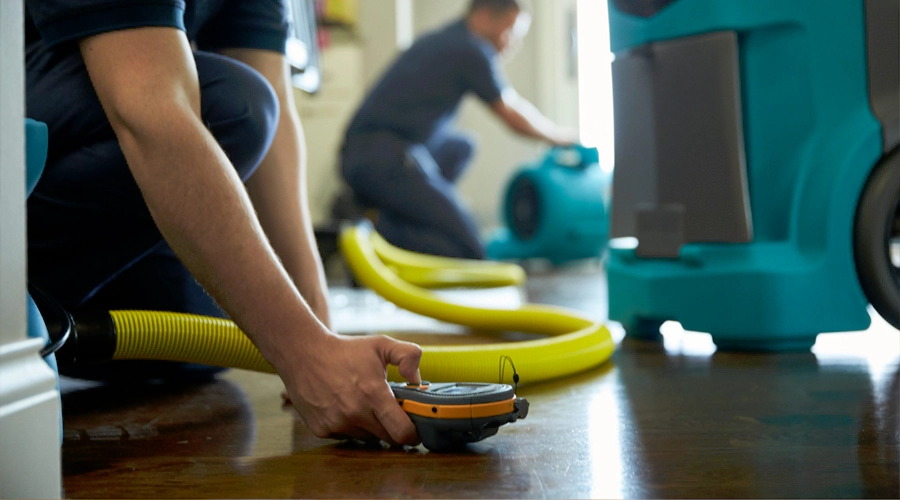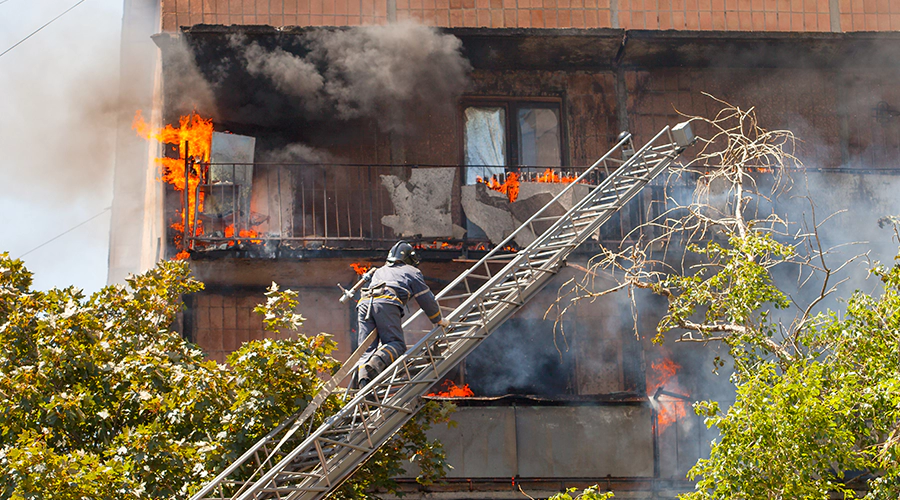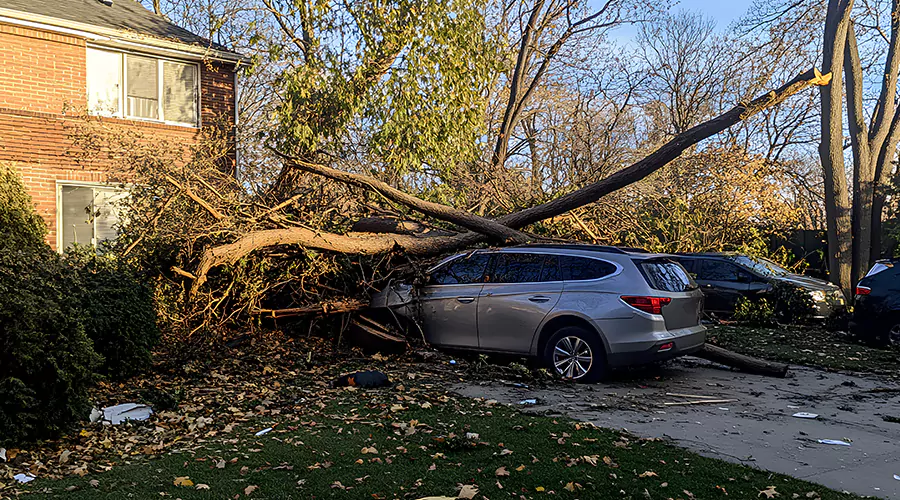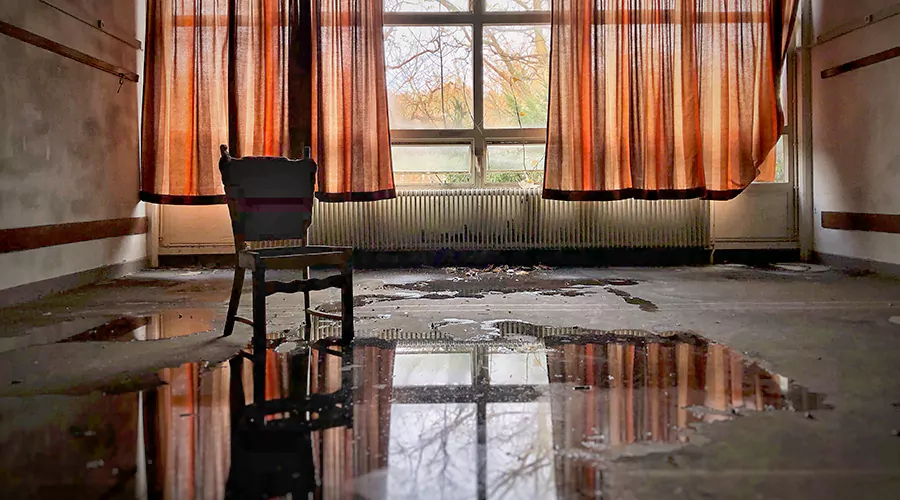As much as human beings cannot survive without water, it is one of the forces of nature which if not well controlled, can cause lots of damage. Accumulation of water is a frequent phenomenon that may occur due to water floods, leaks, broken pipes, as well as in the process of fire fighting. When this happens it is good that the water is drained or otherwise filtered as fast as possible to avoid worsening the problem as well as to protect the people involved. In this article, we of the following concerning what you ought to know about water cleanup, steps, equipment and tools to be used, and selecting the right professional.
The Importance of Water Cleanup
This cause can result in many arising issues such as; structural issues, mold growth, and health hazards. Like any other type of mold, water damage poses serious health risks if not dealt with; it can even lead to one’s death. Such water should be cleared out as soon as it is possible to reduce the harm that it may cause, as well as to ensure the safety of the population. Losses from water damage can also be immense and therefore cleaning up as swiftly as possible will help save on bills.
The Steps Involved in Water Cleanup
The first process taken in water damage is to determine how the water got inside and shut off the water supply first thing. This may involve stoppage of water supply or repairage of Burst Pipe. Based on the source of water again the next process is to drain all the water from the affected area with the help of a pump, vacuum or any other equipment of that kind. When there is water, all of it has to be removed, and then the area has to be dried using the fan, dehumidifier, and other equipment. Wet items require special attention, many structural components like carpets and/or drywalls will have to be ripped out and replaced.
Equipment and Tools Required for Water Cleanup
Cleaning water is a delicate process that needs equipment and tools for the process to be properly executed. They include pumps, vacuums, dehumidifiers, air movers and moisture-measuring instruments. I used the water cleanup equipment since it is essential for cleaning water-food-grade equipment out of the honey.
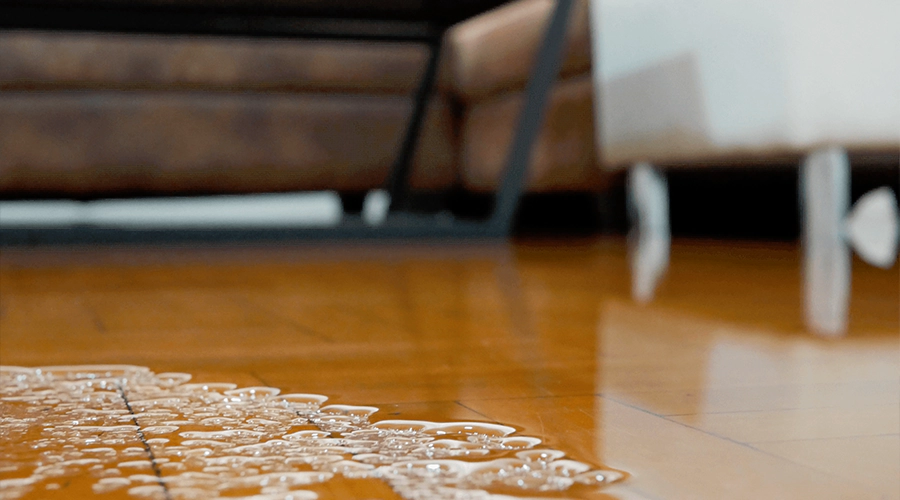
Selecting the Right Person for the Task
Work associated with water cleanup can be quite involving, and therefore there is a need to ensure that you do engage the right personnel for the job. One should hire the service of a company that specializes in water removal and has advanced tools and methods. Don’t hesitate to ask for contact details of previous clients and read some online feedback in order to guarantee the good reputation of the company. This is especially crucial when one wants to avoid cases where they are involved in an accident when handling the company’s equipment, or if something happens to the customer’s goods.
Types of Water Damage
There are three main types of water damage: clean water, grey water, and black water. It results from a clean source like a water pipe burst or overflow from a sink that only makes water to splash on the furniture.
Grey water contamination is from sources that are partially acceptable, and saturated with contaminants, such as overflowing washing machines or dishwashers. Black water damage is caused by sources like a toilet backup or from any water containing sewage contamination. Therefore, the type of water damage in a given area will determine the cleanup and precautions needed in the same area.
Safety Precautions During Water Cleanup
Flood damage restoration can be dangerous, and it is so even when dealing with black water damage. There are measures that need to be observed so that Water Damage Restoration Services does not endanger your life or the lives of your neighbors. Learners note that people working in the laboratory protect themselves, often by putting on gloves, masks, goggles, etc, and making sure that there is fresh air in the room. Another point of interest when it comes to safety concerns is electrical endangerment that should be prevented by switching off the electrical supply to the concerned area and avoiding contact with electrical devices.
Preventing Water Damage
Based on the research it is clear that prevention is always better than cure when it comes to water damage. Preventing water damage means making reasonable plumbing and appliance check-ups so as to prevent any leakage or any problematic incidence connected to water flow. It is also recommended that you check gutters and downspouts to ensure that they’re clean and are working well to avoid water accumulation around the foundation of a house or a commercial building.
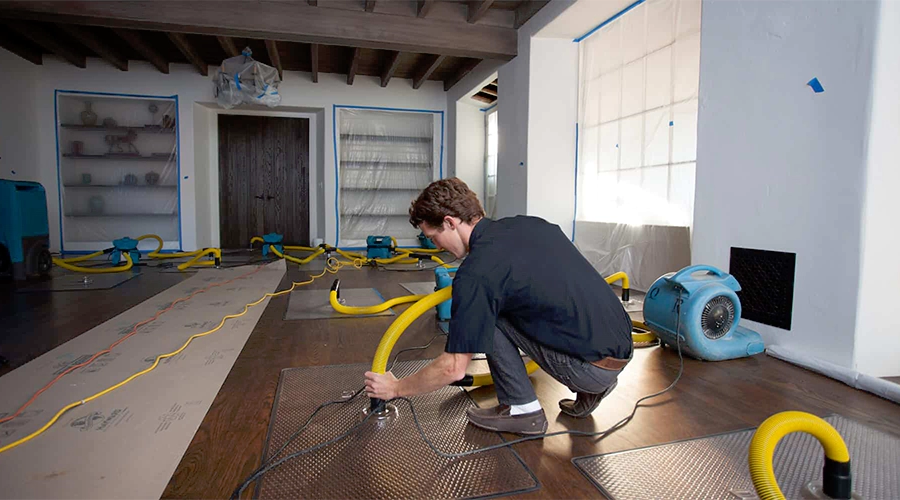
Water Damage Insurance
Floods are expensive to remedy but may be compensated by an insurance policy. One of the recommendations is to read through the policy and understand what is and isn’t included in the policy. Some policies may not cover some kinds of water damage or may demand that special procedures be followed in the case of water damage. Reporting the incident is also advised to preserve evidence and keep files of damage, fixings, and general cleanup for insurance.
DIY vs Professional Water Cleanup
Although there are some situations that could be solved by the owner, minor water damage cleaning is not enough, the larger damage should be done by a specialist. Service providers for water cleanup are well-equipped, skilled, and knowledgeable in dealing with important water damage issues. It is advisable to avoid trying to treat a water damage issue by yourself because it could turn out to be even worse or hazardous to your health besides taking much of your money. Therefore, one must balance the costs of Do- It- Yourself and the market’ Water Cleanup and choose the better part.
Conclusion:
Clean-up of water is required and ought to be conducted as soon as possible to avoid undue loss and to avert health hazards. If you keep to the guidelines highlighted in this article and if you are able to choose the right professional for the task then your water cleanup job can be done in the right manner and in the shortest time possible. But, water cleanup is never possible after a significant amount of time has lapsed, so be sure to act fast if water damage occurs in your household or workplace.


